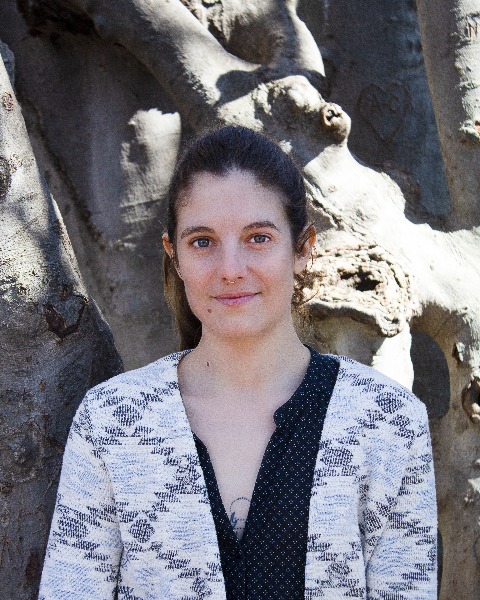
Ophelie H. Couriot
Postdoctoral associate
SUNY - College of Environmental Science and Forestry
Dr. Ophélie Couriot is a wildlife ecologist, and her research focuses on the response of wildlife to global change. In particular, she is interested in the behavioral response – specifically movement behaviour – of animals to human- and climate-induced changes in their environment, and she investigates mechanisms across several scales: from the individual to the population.
At the Gurarie Lab, she is studying the effects of climate change in the North American Arctic on a keystone species, the Barren-ground caribou (Rangifer tarandus groenlandicus). In particular, her aim is to identify key life history events (birth timing, rut timing...) using movement data and to understand how those life history events vary spatially and temporally according to variations in global and local environmental conditions. Her current research is part of a collaborative project founded by the National Science Foundation - Navigating the New Artic program, The Fate the Caribou.
Before joining the Gurarie Lab, Ophélie was a postdoctoral fellow at SESYNC, where she studied the factors influencing spatiotemporal variation in reproduction in Barren-ground caribou, one of the most important life history traits driving population dynamics in the species. For this project, she was mentored by Dr. Eliezer Gurarie and Dr. William Fagan from the University of Maryland. This research was funded by the National Science Foundation.
She completed her PhD at the University of Toulouse (France) under the direction of Dr. Mark Hewison, Dr. Nicolas Morellet (National Research Institute for Agriculture, Food and the Environment, France [INRAe] - Wildlife Ecology and Behavior [CEFS] laboratory), and Dr. Sonia Saïd (The National Office of Hunting and Wildlife [ONCFS]). During her PhD, she studied the impacts of spatiotemporal variation in resource and risk distribution on movement and activity patterns of two abundant, large lowland herbivore species in Europe, Roe deer (Capreolus capreolus) and Red deer (Cervus elaphus). In particular, her aim was to understand the link between their spatial behaviour and their access to forage resources and risk exposure in a changing environment, as well as the consequences on individual performance. This research was part of the EUROMAMMALS project, a pan-European project, which is an open network of researchers across Europe, collaborating and sharing data and knowledge on European wildlife.
Poster(s):
- LB 11-140 - Complementary definitions of calving grounds improve identification of critical habitat for migratory caribouThursday, August 18, 20225:00 PM – 6:30 PM EDT
